Scroll Down to Read Today’s Essay
Subscribe to Baseball History Comes Alive for automatic updates. As a Free Bonus, you’ll get instant access to my Special Report: Gary’s Handy Dandy World Series Reference Guide!
1969 Mets Photo Gallery
Click on any image below to see photos in full size and to start Photo Gallery:
Today, Michael Keedy continues with his countdown of the Top Ten Greatest World Series Catches with catches number two and three. Written in his characteristic, always-entertaining style, he turns his attention to the 1969 World Series and focuses on the tremendous catches made by Tommie Agee and Ron Swoboda. Be sure to check out the video clips of the catches and I think you’ll say, as I do, that it’s hard to disagree with him! -GL
Michael Keedy’s Top Ten Greatest World Series Catches, Numbers Two and Three:
The Miracle Mets and the 1969 World Series
“There Are No Words”
Karl Ehrhardt, The Sign Man of Shea Stadium
“I don’t do miracles…The last I did was the ’69 Mets” -George Burns as Our Father Incarnate in Oh, God.
Save for their excellent pitching stats, which tend to come naturally when a team wins 100 regular-season games, on paper the ’69 Mets were a middle-grade ball club. Many of their competitors looked decidedly better, including Atlanta and Baltimore. It was only on the diamond that these “Amazins” were superior, and as Herr Ehrhardt’s iconic placard confirmed in the end, words sufficient to explain that eerie phenomenon were out of stock in this, a season of miracles for the magical Mets.
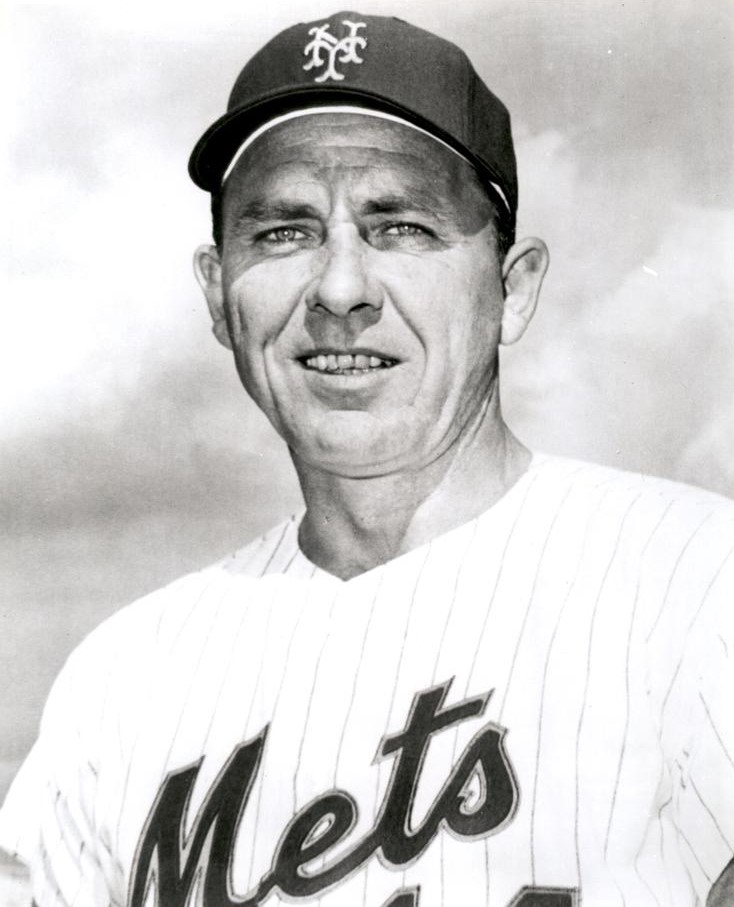
Even Gil Hodges, a recent inductee into the Hall of Fame, told inquiring sportswriters there was no accounting for it. As older fans remember, the Mets manager had been a tower of strength for Brooklyn in the 1950s. Over an eleven-year stretch as the Dodgers’ agile, sure-handed first baseman he averaged 30 homers and 100-plus RBIs per season. By contrast, center-fielder Tommie Agee led the Mets in home runs with 26, and RBIs with 76. Only one player on this light-hitting team batted over .300, and only one of their heavily-platooned band of brothers appeared in as many as 125 games.
Baltimore, meanwhile, boasted six starters who hit .280 or better. Leading the way were Frank Robinson (.308, 32 homers), Boog Powell (.304, 37), Brooks Robinson, and Paul Blair. Their pitching staff, featuring Cy Young Award-winner Mike Cuellar, the 20-7 Dave McNally, and future Hall-of-Famer Jim Palmer, ranked second to none. This team, which ran away with the division title by 19 lengths before taking three straight and the pennant from Minnesota, would win a total of 217 games in back-to-back regular seasons. It was noticeably better than the edition which annihilated the world champion Dodgers of Sandy Koufax and Don Drysdale three years before, yielding all of two runs in the entire series. Perhaps even worse from the unwitting Mets’ standpoint, these Orioles were the same guys who would need just five quick games to humble the Big Red Machine in the 1970 series.
But beware, you Birds! As Henry Aaron, whose Braves were summarily dispatched by New York in the NLCS, warned a Baltimore scout: “If you’re not on top of your game, you won’t beat the Mets.”
Before the series opened, Hodges called his seemingly overmatched underdogs together: “You guys don’t have to be anything but what you’ve been,” he reassured them. He was right. Thanks to the Great Gil, his man-children had played with a surplus of self-confidence almost the entire season. Now, they went out and took care of business on the field, exactly where so many ball games are actually won or lost.
Down 1-0 in the series and tied in the ninth inning of Game Two on the road, the Mets stitched together three, two-out singles to eke out a win as the teams headed for Flushing Meadows. There, they would need to slay Goliath three more times to avoid a return to the not-so-friendly confines of Memorial Stadium. Still bent on defying all odds, they were about to make a seer out of Hammerin’ Hank.
So Game Three and the two that followed felt like must-haves for these Amazins. With a rabid and transfixed throng of true believers screaming behind them, they did not delay in resorting once more to their trusted magic.
A-G! A-G!!
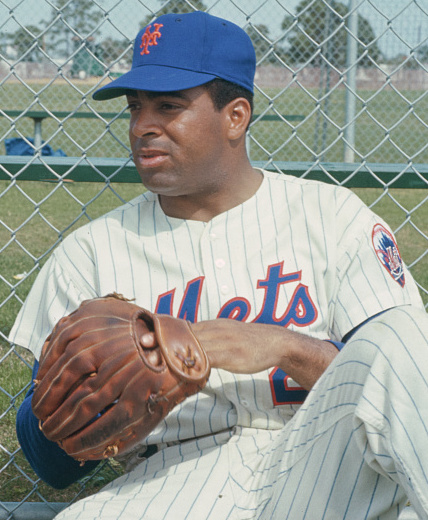
It took two, tremendous defensive plays by their fleet outfielder to save the day. With his team down 3-0 in the fourth and two on, Baltimore’s Ellie Hendricks powered a deep shot to the opposite field. Agee, shaded to right for the left-hand hitting catcher, raced to the 396-foot mark in left-center, across the warning track, and made a perfectly-timed, backhanded stab of the ball as it was flying into the fence. Improbably, he just did manage to snare and hold Out Number Three in the upper webbing of his glove, perched like an incandescent bulb for the delirium of 56,000 disbelieving fans. In a historic and acrobatic flash, Tommie Agee had prevented two crucial runs, and quite possibly more.
The second other-worldly play by Agee came just three innings later. With bases full of Orioles in the seventh, it was Paul Blair’s turn to smoke one the opposite way. All three runners, on the move with two down, would score easily if it landed. But Agee’s spectacular, sprawling grab down on the track killed this big rally just as surely as the one before. Unbelievable!
By the end of the series, the Orioles had plated four runs total in New York. If not for these “twin killings” courtesy of the Mets’ designated gymnast in Game 3, they would have scored more than twice that number. Worse yet, they very likely would have sent the series back to Baltimore for a deciding game or two. But thanks to a pair of gravity-defying aerialists who flew with no nets in back-to-back nail-biters, it was not to be.
In the mind of another centerfielder extraordinaire, both these catches were “comparable to the one made by (Willie) Mays” in 1954. That telling assessment by Joe DiMaggio helps to vault Tommie Agee’s heroics into third place in our pantheon of top-ten World Series plays of all time.
Ron Swoboda Not To Be OutDone!
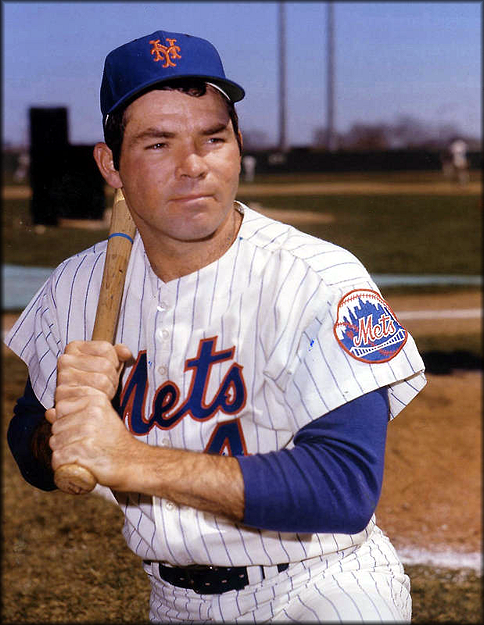
If possible, Game Four was even more breathtaking than the one saved with the single, gloved hand of Mr. Agee the day before. With the Mets on top by a precarious run in the ninth, runners at the corners for Baltimore and Brooks Robinson at the plate with only one down, right-fielder Ron Swoboda made what announcer Curt Gowdy called “the most incredible catch in World Series history.”
In footage of the catch, Swoboda is levitating for a micro-second atop the bulrushes in shallow right. He is a swimmer on the tide, straining to reach the shore. His gloved left hand is an inch above the foam. His feet, which ought to be sporting flippers, are an inch higher at the other end. Suddenly and inexplicably, defying logic, science, and common sense, a baseball appears in his glove. It is the one hit by Robinson. Robinson is out. Except for those lollygagging at a concession stand, in the latrine, or souvenir shop, exactly 57,367 fans witness this play, live and in person. That is the same number who “do not believe what (they) just saw!” Jack Buck might have been one of them.
To conclude this tale of the absurd-but-true, the tying run scores, but the winning run does not. The Mets get out of the inning on another catch by Swoboda, and complete their grand larceny of Game Four in the tenth when a ball bunted by J.C. Martin is scooped up by Orioles relief pitcher Pete Richert, then thrown to first for a sure out that never quite gets made. Instead, that ball ricochets off Martin’s wrist, caroms into the outfield as Rod Gaspar steams home from second, and the Mets go up, three games to one. His snorkel now discarded and of no further use, the world is free to size up a cavernous, incredulous grin on the shocked pan of Ronald Alan Swoboda.
The Orioles will lose the next game, and with it the whole enchilada. Thanks to three, back-to-back-to-back defensive marvels, they will wind up batting a cool .146. As Dr. Ehrhardt would say, “Bye-Bye, Birdies!”
Michael H. Keedy
Subscribe to our website, “Baseball History Comes Alive!” with over 1200 fully categorized baseball essays and photo galleries, now closing in on the one million hits mark with 904K hits and over 750 subscribers: www.baseballhistorycomesalive.com
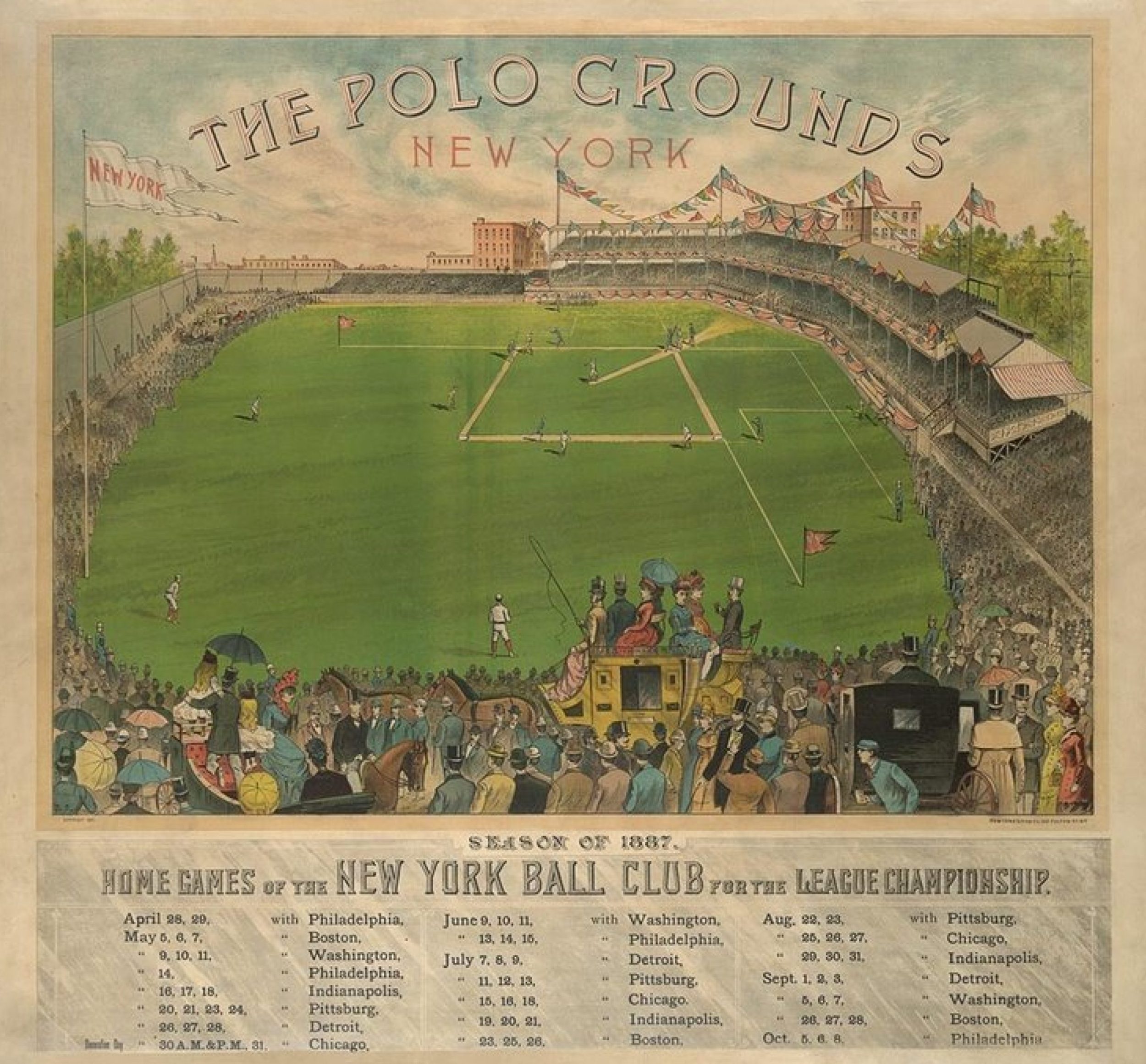
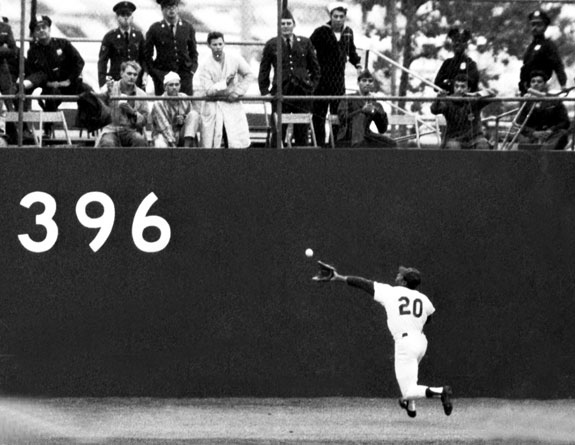
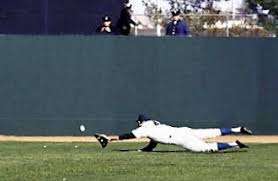
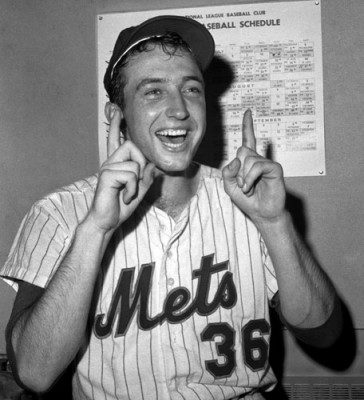
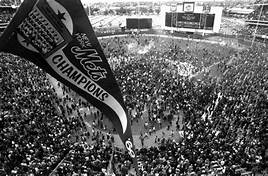
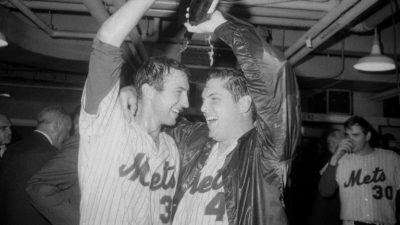
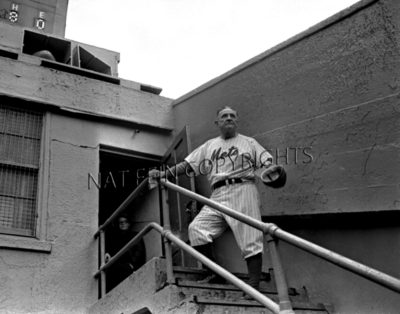
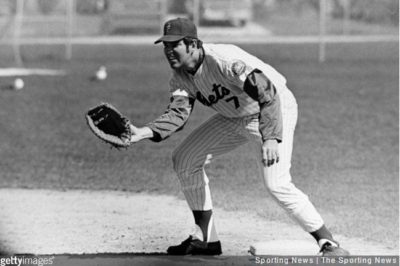
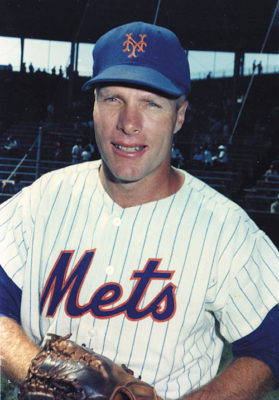
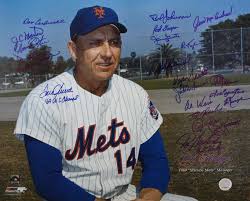
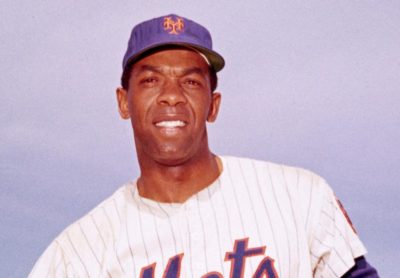
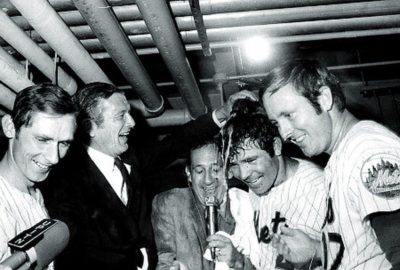
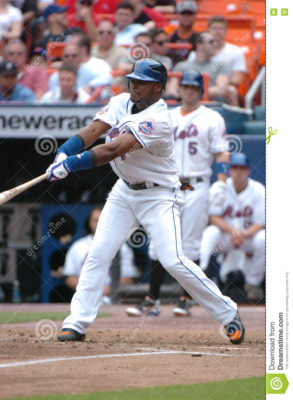
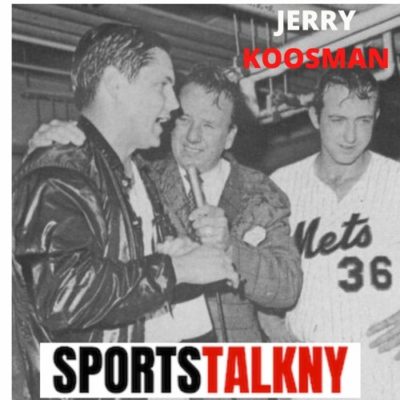
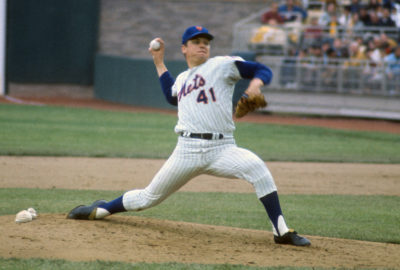
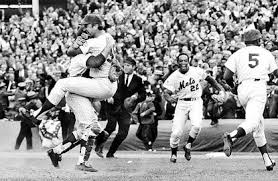
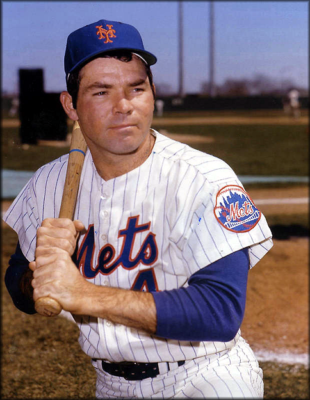
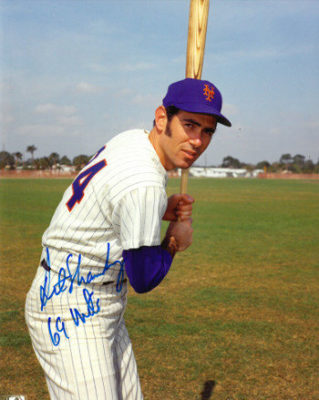
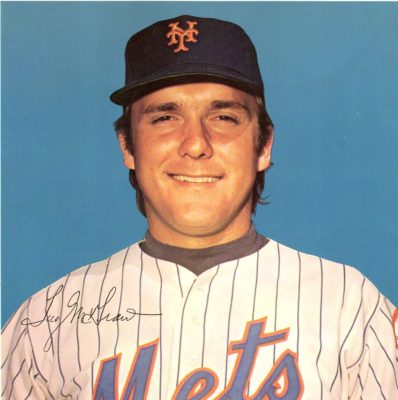
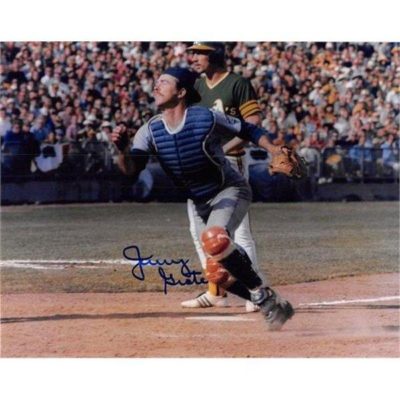
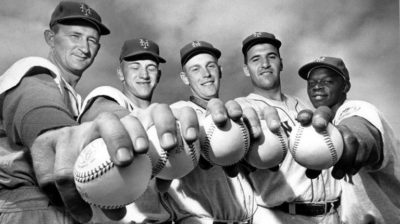
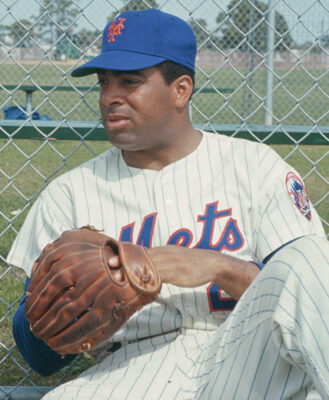
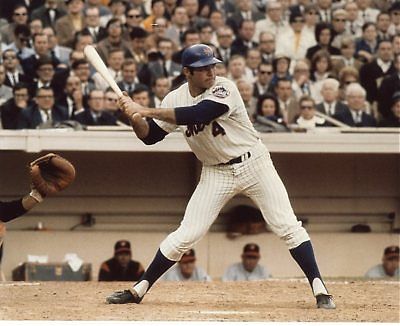
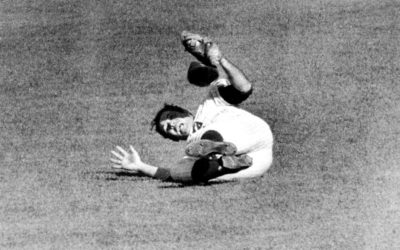

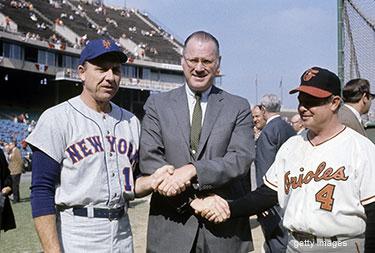
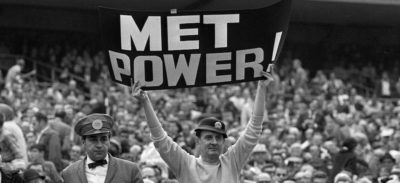
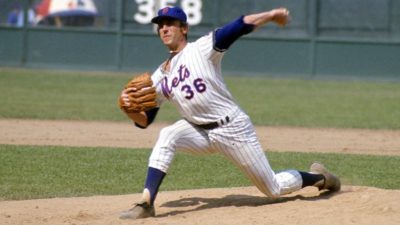
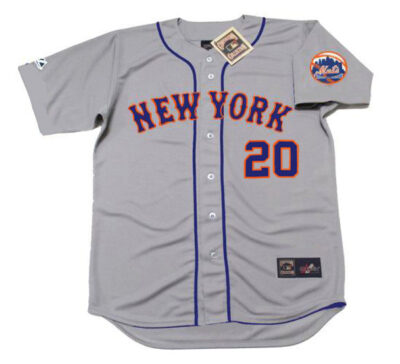
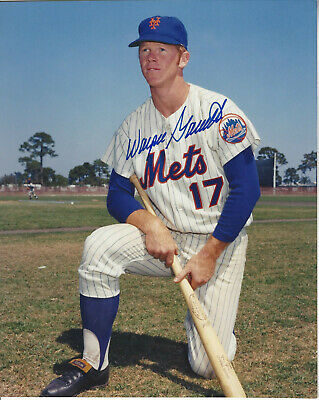
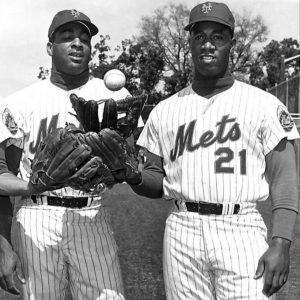
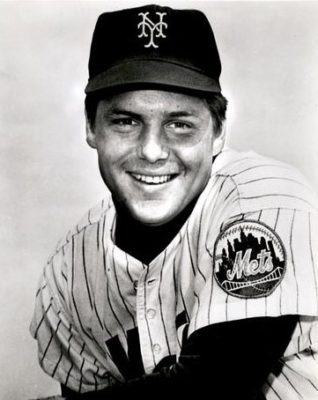
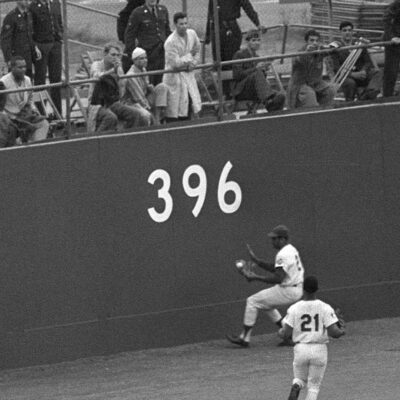
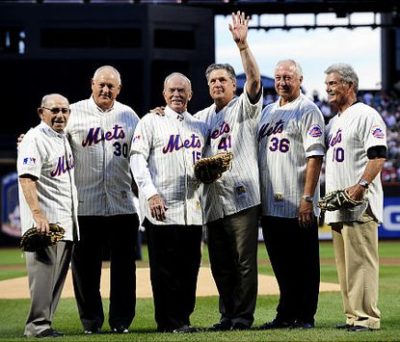
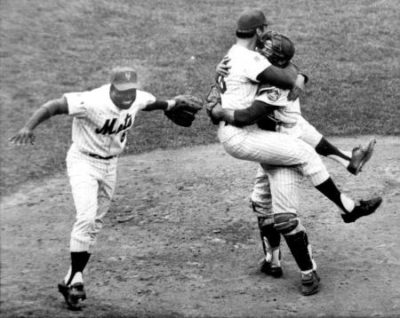
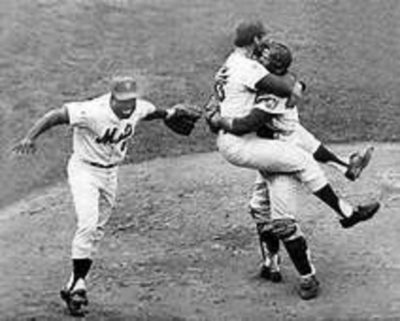
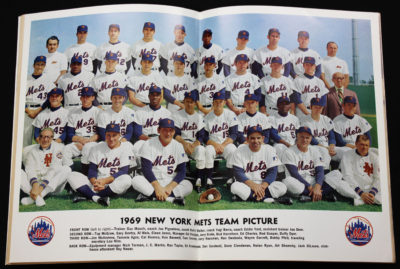
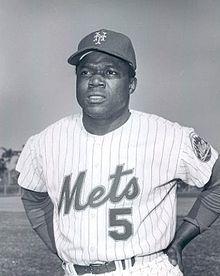
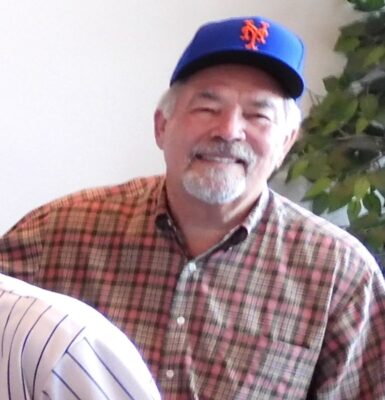

This article is written as well as any I have ever read about baseball. The memories come flooding back, it was truly Amazin. That series defies logic, and is the reason hope springs eternal for sports team and we all can dream during spring training. I am also reminded of the greatness of Gil Hodges as both player and manager. It is a real tragedy that he passed away so young. I can’t think of anyone more deserving of the HOF and the elation his family must have felt.
Great article! A good outfielder would have never tried to make that catch of Swoboda.
Hi Michael:
With the grinniest of grins and uncrossed fingers, all I can say is thank you. When you chose Wiie Mays’ catch as #4, 3, 2 and 1 HAD to go to Agee and Swaboda, didn’t they? They did!
1969. What a year for New York sports. The Mets won the World Series, The Jets won the Super Bowl and I think The Knicks won whatever they win in basketball. My youngest son was born in August and Ron Swaboda, my oldest son’s favorite player made a catch for the ages. WOW.
Thanks for the memories.
Joan
Not so good a year for us Cub fans!
Almost, Joan! I am so glad you liked this “double feature” honoring Agee and Swoboda as nos. 3 and 2. But — numero uno is still coming up. Hope that’s okay.
As an aficionado of all things Brooklyn, you shouldn’t be too disappointed.
Michael
Sorry, Michael:
I misunderstood completely. I didn’t realize you were condensing two catches into one pick.
If I read your clue right, I ‘m going to guess #1 will go to a player whose last initial is either G or A.
Best,
Joan
Hi Joan,
Say no more! I wasn’t all that clear.
As to your guess: No to Junior Gilliam, and Al Gionfriddo was our No. 7. Lou Gehrig never played for Brooklyn — although he should have.
Kindest regards,
MHK
Hi Mike:
I forgot Gionfriddo was your #7.
Quite frankly,no matter who it is, I can’t believe it isn’t Swoboda. I’ve seen the other catches as they happened, or in replays and photos His was almost other worldly in its happening. You knew what he was trying to do was not possible, but, somehow the ball appeared in his glove and simultaneouslly a million jaws dropped in disbelief.
My A guess may still be in the running but I have no real idea who it could be.
Regards,
Joan
PS: I’ll have to remember to read the headline of an article first instead of just diving right in. Usually, I’m so in a hurry to see what it has to say I read it first.
A slight footnote to all who were kind enough to offer comments, then I’ll pipe down.
I can’t agree more with Dennis regarding The Great Gil. He was a powerhouse ballplayer for Brooklyn and a master tactician as manager of these Miracle Mets. He gave to the game much more than he got. His half-century exclusion from the Hall of Fame following his premature death was one of the great injustices ever perpetrated by the world of sports. Blessings to all, including Dr. Livacari here, who helped with his better-late-than-never enshrinement earlier this year. (Finally, I can die happy!)
I also agree with Joe’s point about Swoboda’s catch. It was the most impossibly spectacular play ever, as Curt Gowdy said then and Joan is saying now, but I don’t think it merits a number-one ranking, given the circumstances. His decision to go for broke rather than play this ball on one hop didn’t prevent the tying run from scoring, and the lead run (Boog Powell, on first) wouldn’t have scored even if Swoboda had played it safe. (Of course if Swoboda had missed, which was likely, then Powell would have scored, and the Mets would’ve been looking at a Game Six.)
In contrast to all that, the next and last magnificent catch in this little study saved the day, the game, and the Series itself for a universally beloved club which never, ever would have won a world championship without it. (Just my debatable opinion, of course.)
Last, a sympathetic salute to our redoubtable blog-meister: It is a shame his Cubbies had to wait another forty-plus years to grab the priceless ring–but good things do come to those who wait. (Just ask the Hodges Family.)
Best wishes to all,
Michael
Hi Michael:
Amen.
To All:
God bless us every one.
Kindest regards,
Joan